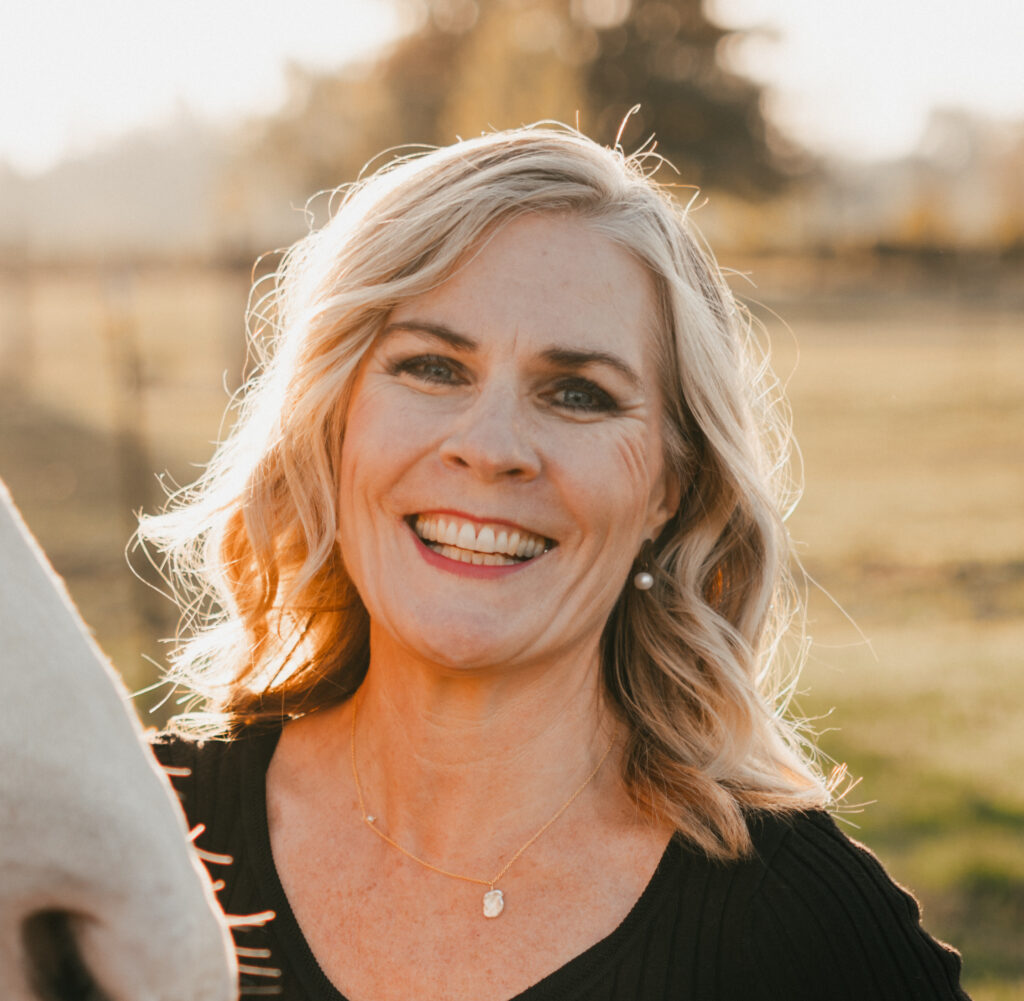This question often shows up in my inbox!
Among others about sanitizing raw milk equipment — what to use, why what they’re using isn’t working, how much sanitizer, etc.
I’m a firm believer in that if you’re producing raw milk then you’d better have some food grade bleach flying in your barn sanitizing that equipment.
Bleach Worries Unfounded
Over the years of troubleshooting with people I’ve had raw milk producers who thought they were being “green” by not using bleach, but you get into trouble with high bacteria counts (and nasty tasting milk) when you do that.
Bleach is the absolute best sanitizer for your equipment and the best way to kill dangerous bacteria.
As soon as bleach hits organic material it is inactivated, so you will not have residues of bleach in your milk if you use it as a sanitizer.
Hydrogen peroxide will NOT sanitize your equipment, either, so if you’re using that then you’ll need to switch right away. I’ve also had some characters using kombucha in their equipment or even just vinegar. Those are not effective at killing bacteria and will often encourage crazy bacterial growth!
Iodine vs. Bleach
There are also a few people I hear from using iodine. I prefer food grade bleach for a number of reasons, most importantly it kills more bacteria than iodine. Also, there can be a residual taste from iodine in the milk and your customers will complain or quietly disappear.
I use an iodine based teat dip pre and post milking, for sure, but to sanitize all my equipment I use food grade bleach from our local deLaval store. If you’re truly set on iodine, though, as long as you don’t have hard water and your test results are very good, then maybe it’s okay for you.
Scrubbing and Changing out Equipment
Recently someone also asked how often I manually “scrub” the interior of my milk cans or the inside of the inflations. I use a brush and a sponge to scrub inside my milk can every day. There will be milk buildup (which will then harbor bacteria) on the side that you pour your milk out of if you don’t scrub it.
I typically do NOT use a brush inside my inflations. And I have very, very low bacteria counts, so I trust my process.
Also, very important to remember to change out those inflations regularly. On my 3 cow dairy I change them out every 6 months or approximately 1,000 milkings.
The harsh chemicals and daily usage make the inflations harden slowly and that can damage or at least stress the cow’s teats. Also, there are teeny-tiny cracks invisible to your eyes that can harbor bacteria.
So again, 6 months seems to be my magic number, but depending on how many cows you have you may want to base it on about 1,000 milkings.
Also, have you seen my video outlining my cleaning process? It’s been on the blog for a couple years, but if you’ve never seen it it’s worth a watch: click below to watch my cleaning process.
Now it’s your turn – will you do anything differently, or do you have your process down pat? Are you able to get dairy chemicals locally or will you have to use store bought? (both are effective). Scroll down below here to the comment section and tell me!!
Remember, if you produce raw milk you do GREAT work!! Providing raw milk to your family and community is a tough job and you are creating healthy, happy families by doing so.
Warm Hugs,
Charlotte
PS: Proper amounts for store-bought chemicals when you don’t have access to proper dairy chemicals:
1) 1 T dish soap in 4 gallons luke-warm water
2) 4 cups white vinegar in 3-4 gallons hot water
3) 1 cup chlorine bleach in 3-4 gallons luke-warm water (hot water will inactivate it.)
Proper Dairy Chemical Amounts:
1) CIP, 1 ounce in 3 gallons lukewarm water
2) Pink Foaming Dairy Acid, 1 ounce in 3 gallons HOT water
3) 1 cap-full (yes, cap-full, not cup-full) food grade bleach in luke-warm water
Last step – sanitation – is done right before milking.

